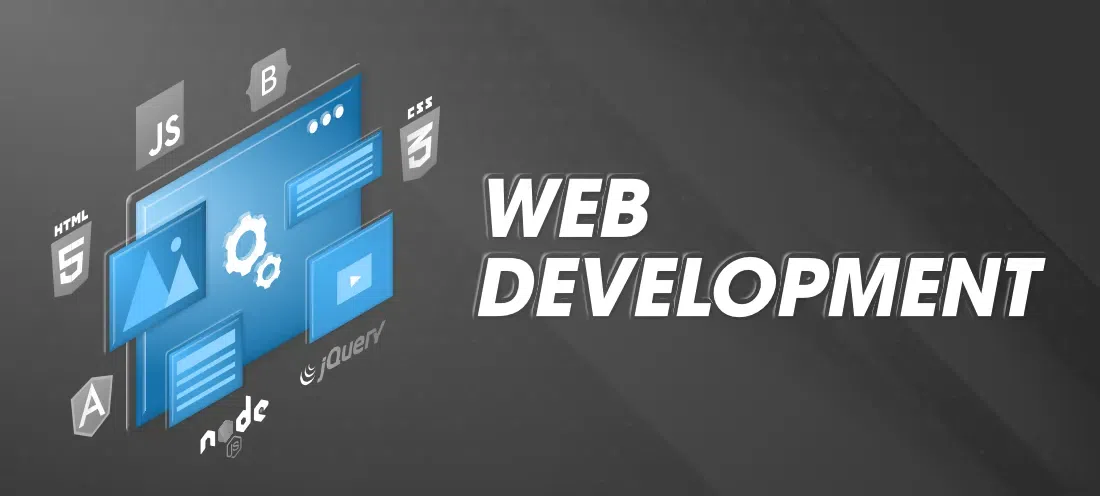The Best Kinds of Website Design to Enhance Individual Experience and Engagement
In the ever-evolving landscape of digital interaction, the performance of Web layout significantly impacts user experience and involvement. Different layout strategies, such as minimal, receptive, and interactive designs, each deal unique advantages that can provide to diverse customer demands. Comprehending which sorts of website design finest offer these goals can be pivotal for services aiming to enhance client satisfaction and retention. Nevertheless, the inquiry remains: which design components truly resonate with individuals and foster purposeful engagement? The expedition of these concepts discloses vital understandings that may redefine your strategy to website design.
Minimalist Web Layout
As digital landscapes become increasingly cluttered, minimalist Web layout has actually become an effective technique to improving individual experience. This design viewpoint prioritizes simplicity, concentrating on crucial components while removing unneeded diversions. By using adequate white area, straightforward navigating, and a minimal shade combination, minimalist design cultivates clarity and directs user focus to vital material.
The core principle of minimalist Web layout is to produce a seamless communication for individuals. By decreasing cognitive load, customers can quickly grasp details without really feeling bewildered. This straight approach not just enhances usability however additionally urges involvement, as visitors are more probable to check out a site that is very easy and visually enticing to navigate.
Additionally, minimalist style commonly emphasizes typography and images, utilizing these aspects purposefully to convey messages effectively. In essence, minimal Web layout is not simply a trend; it is a thoughtful methodology that acknowledges the relevance of user-centered layout.
Responsive Website Design
In today's diverse digital atmosphere, receptive Web layout has actually ended up being important for producing a seamless individual experience across a wide variety of tools. As individuals accessibility internet sites on smartphones, tablets, laptops, and desktop computers, the capability of a site to adjust its format and material to different screen sizes and resolutions is important.
Responsive website design utilizes versatile grids, pictures, and CSS media questions to make sure that Web content exists optimally, despite the device used. This approach not just boosts the visual appeal of a website but additionally dramatically enhances functionality. Individuals are more probable to engage with a website that uses a constant experience, as it eliminates the frustration of having to focus or scroll exceedingly.
In addition, online search engine, including Google, focus on mobile-friendly internet sites in search rankings. By adopting receptive design, businesses can boost their exposure and get to a wider audience. This technique additionally simplifies site maintenance, as a solitary version of the site can satisfy all tools, minimizing the need for numerous versions. In recap, responsive website design is an essential practice that enhances customer experience, interaction, and overall contentment.
Interactive Web Style
Receptive website design prepares for improving customer experience, but interactive Web layout takes this an action additionally by engaging users in a much more vibrant way - Aligned Position Web Design. By integrating components such as animations, clickable prototypes, and real-time responses, interactive website design mesmerizes individuals, attracting them right into a richer browsing experience
This method not only cultivates engagement however likewise encourages users to explore content actively instead of passively eating it. Strategies such as gamification, where users earn rewards for completing jobs, can dramatically boost the moment invested on a website and boost total complete satisfaction. In addition, interactive attributes can streamline intricate details, making it more absorbable and enjoyable.

Integrating interactive layout aspects can additionally result in greater conversion rates, as individuals are extra likely to involve with a site that proactively entails them. Aligned Position Web Design. Ultimately, interactive Web layout transforms individual experiences right into remarkable journeys, making certain that visitors return time and once again
Flat Style
Identified by its minimalistic approach, flat design highlights simplicity and functionality, removing unnecessary aspects and concentrating on important functions. This style ideology focuses on use, ensuring that users can navigate interfaces effortlessly and effectiveness. By utilizing a clean aesthetic, flat design eliminates the clutter frequently found in more ornate designs, thereby enhancing user emphasis on web content and capability.
The characteristic of flat design exists in its usage of strong colors, basic typography, and geometric forms. These components add to a visually attractive interface that is both friendly and contemporary. Furthermore, flat style promotes a sense of quality, permitting individuals to determine crucial actions and information without interruption.
Additionally, level style is especially reliable in receptive Web design, as its simpleness translates well throughout different gadgets and display dimensions. The absence of intricate appearances and gradients minimizes packing times, which is important for maintaining customer engagement. As electronic landscapes continue to advance, flat design continues to be a pertinent option for developing straightforward web sites that improve overall pop over to these guys experience. By concentrating on vital features, flat layout not only fulfills individual demands but additionally encourages smooth communication, making it a vital element of reliable Web style strategies.
Adaptive Web Layout
Flexible website design customizes the individual experience by producing multiple dealt with formats customized to different screen sizes and gadgets. Unlike responsive layout, which fluidly adjusts a single format, adaptive design utilizes distinct formats for certain breakpoints, guaranteeing ideal presentation on different platforms. This technique permits developers to focus on the unique qualities of each gadget, improving usability by delivering precisely what users need based upon their look at this now context.
Among the key benefits of flexible website design is its ability to optimize load times and efficiency. By offering tailored content and photos that fit the customer's gadget, web sites can lessen data use and enhance loading speeds. This is particularly useful for individuals with slower connections or minimal data plans.

Furthermore, flexible design promotes a more regulated and consistent branding experience. Since developers develop multiple layouts, they can make sure that the aesthetic elements straighten with the brand's identity across various systems - Aligned Position Web Design. This leads to a natural customer experience, enhancing interaction and advertising customer retention
Conclusion
In conclusion, the integration of minimalist, responsive, and interactive Web layout principles dramatically boosts user experience and interaction. Minimal layout fosters clarity and focus, while responsive layout ensures adaptability across different gadgets, advertising accessibility. Interactive design captivates individuals with vibrant aspects, motivating expedition and customization. Jointly, these layout comes close to contribute to the creation of user-friendly environments that not only improve contentment yet likewise drive higher conversion prices, emphasizing their crucial significance in contemporary Web design techniques.

Minimal design cultivates clearness and focus, while receptive layout makes certain adaptability across various devices, advertising ease of access. Collectively, these style approaches contribute to the development of easy to use atmospheres that not just enhance satisfaction but also drive greater conversion prices, emphasizing their essential importance in modern Web layout approaches.